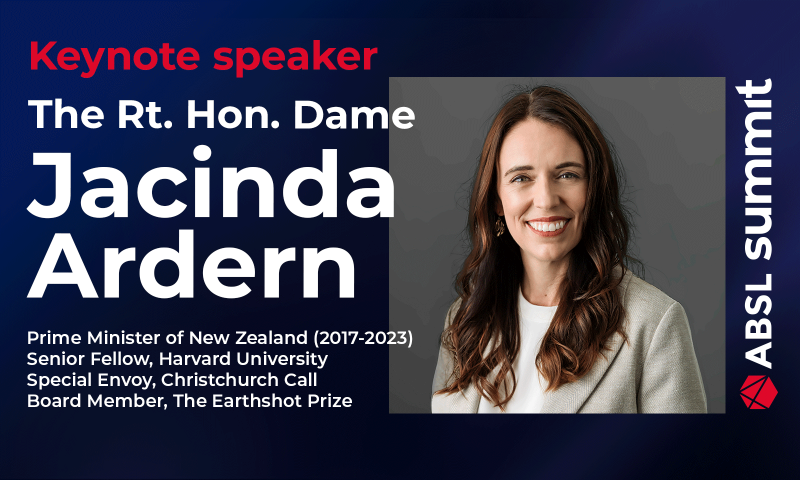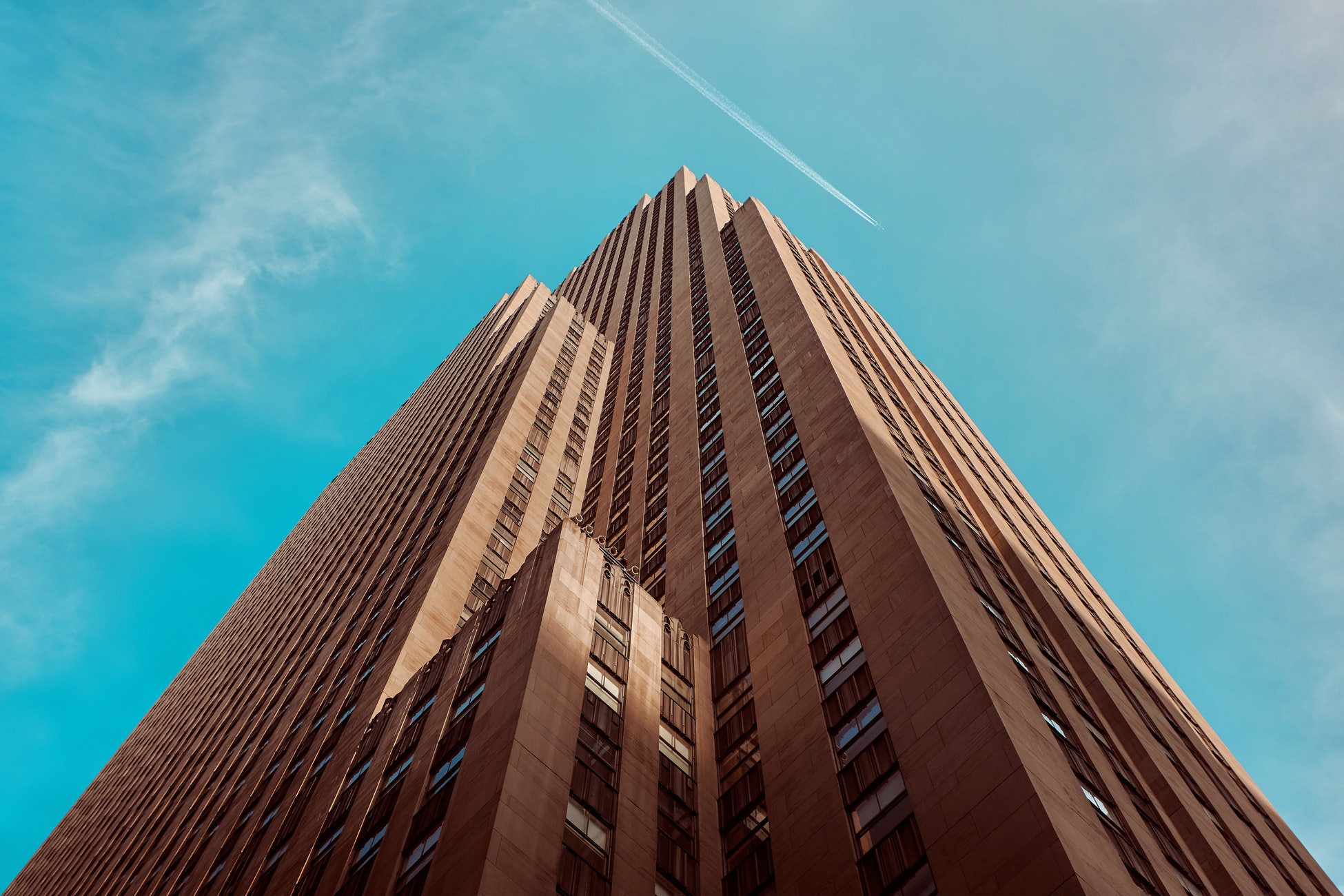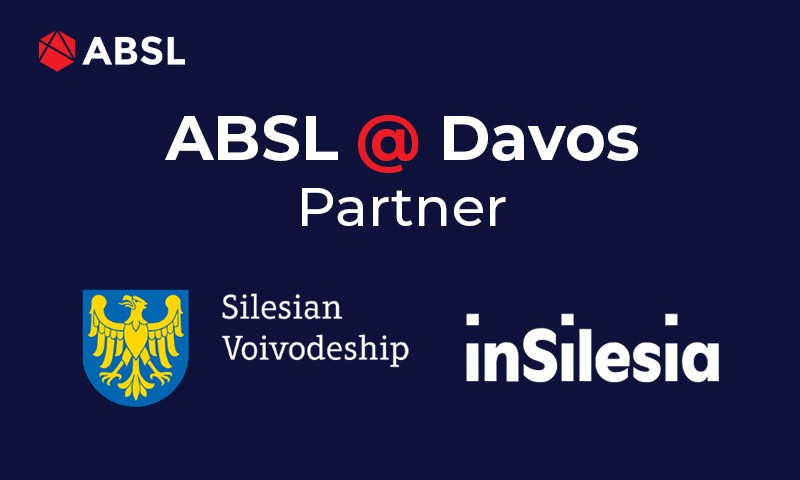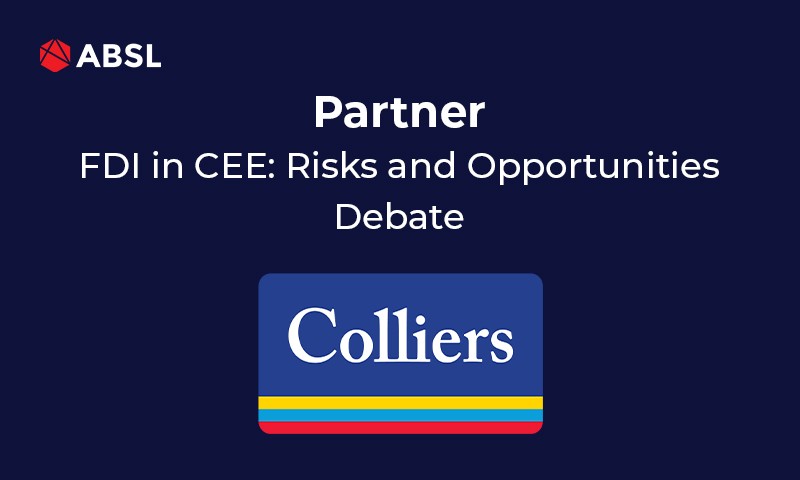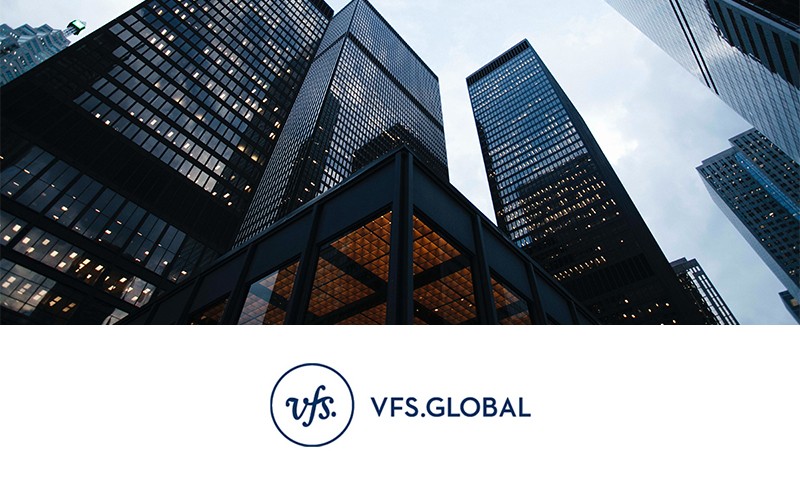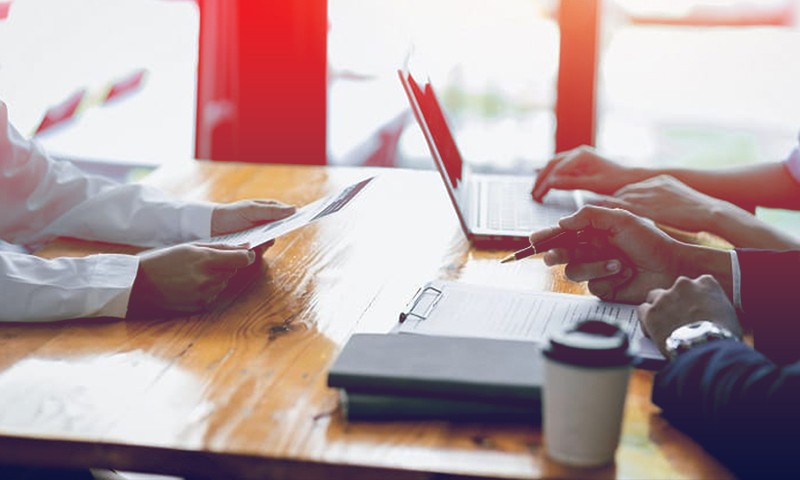Reshaping the way we act to safeguard the environment. The "E" from ESG in practice
Consumers want to understand the impact of the choices they make on the world around them. Employees want to know if their company is contributing to achieving greater equality, improving the environment or developing more sustainable communities. For many companies, operating in line with ESG (environmental, social and governance) principles, is or will be an important criterion while choosing a business partner, same as for investors considering various asset allocation options (according to 2021 Edelman Trust Barometer Special Report, 88% of institutional investors subject ESG to the same scrutiny as operational and financial considerations).
For many organization, sustainability is an integral part of business strategy - globally, regionally and locally. Skanska invited some of them to share their perspective on the “S” (social) aspect during a dedicated webinar for ABSL members held earlier this year and more recently a webinar focused on “E”, while sharing its own story as well. Continue reading to take a deep dive into environmental practices that are part of these companies’ ESG strategies.
Skanska
At Skanska sustainability is presented in the company’s business strategy as an enabler, that allows us to create long-term value for our customers, shareholders and the society.
“Same, as in many areas of life and business, it’s important to set ourselves a target. Ideally, the target should be realistic and measurable. At Skanska, we have set ourselves a target to achieve net-zero by 2045, as well as interim targets (50 & 70%)”, said Veronika Themerson, Centre of Excellence Director, Environmental at Skanska office unit in Central & Eastern Europe.
To make sure it’s on the right path to achieving its targets, Skanska continuously monitors, analyses and reports its emissions, in three scopes. Scope 1. relates to direct consumption, for example fuel from company cars. Scope 2. includes emissions, related to the amount of electricity we use as office users. Scope 3. contains indirect emissions, for instance how much greenhouse gases are produced in the production of steel, used in our buildings. The company has been reporting our carbon footprint since 2015, which allows us to track our progress.
While implementing environmental solutions contributing to achieving this target, Skanska is becoming climate-smarter itself but is also help its customers achieve their environmental aspirations.
Energy efficiency is one of the areas where the company believes it may make positive impact as a commercial development unit. Solutions it applies to improve energy efficiency the projects it creates and reduce operational carbon footprint include – among others - LED lighting and low-air-speed ventilation systems that reduce noise and building operational energy costs.
Apart from striving for energy efficiency, Skanska also focuses on responsible use of water, for example by applying grey water systems, where cleaned water from washbasins and sinks used to flush toilets. Rainwater is collected in internal tanks and used for watering vegetation. We also collect water in so-called rain gardens, as not to add it to the sewage system and to prevent urban flooding and to naturally return it to green circulation. Speaking of gardens. Skanska makes sure, that there is as much greenery as possible around our buildings and inside, as it has a positive impact on the well-being of users.
Moreover, the company also applies low-carbon solutions in our projects (such as, low-emission concrete) and climate-smart solutions in the surrounding of our projects, replacing the
traditional concrete, used to build pavements, with the so-called green concrete, which cleans the air and reduces the smog.
Another important part of sustainability actions taken by Skanska office unit is raising environmental awareness of the wider business community, by targeted initiatives, campaigns and partnerships. Examples of such actions include ESG-focused partnerships with ABSL or Green Education trainings for tenants.
IKEA
IKEA's mission is to enable people to live a better life within the limits of one planet. During the process of building sustainability strategy, IKEA has identified three main challenges unsustainable consumption and source scarcity, climate change, and social inequalities. Addressing an answer to this challenges, IKEA has created the People and Planet Positive strategy with its three main pillars: Healthy and Sustainable living, Circular and Climate Positive, Fair and Equal.
The idea of IKEA is to inspire people to act and join in the implementation of the strategy pillars by giving them products and services that will guide them to sustainable living. The sustainability Myths Buster products help customers take small steps with affordable prices into sustainable life and break the myth that living in a sustainable way is expensive and challenging. IKEA since its beginning works with democratic design concept, which includes 5 dimensions that make a great design available for everyone. In addition to affordability, the idea is based on: form – the beauty that attracts the eye; function – the object has to be functional; quality is about objects and materials lasting over time; and sustainability is being mindful of resources, not wasting them.
The company is also promoting circular solutions by, for example, the Buyback & Re-sell service that allows clients to bring their old IKEA furniture to the store and sell it to IKEA. Afterwards these products are checked by Recovery department in store and given a second life. Another option promotes by IKEA is to prolong the lifecycle of the product by repairing and refreshing the products instead of buying new ones. IKEA offers spare part for sofas and also fittings available online for free.
Another important example of an "E" related change isan investment in renewable energy sources. Since 2009, the Ingka Group has invested EUR 2.9 billion in wind and solar renewable energy projects, allowing the company to generate more renewable energy than it consumes worldwide. Entering a decisive decade of climate action, Ingka Investments has committed to increasing its renewable energy investments to 6.5 billion euros, a further step towards 100% renewable energy along the entire value chain.
3M
3M products are everywhere. Statistically, every Pole encounters 3M products 17 times a day. It allows the company to significantly impact its surroundings, including the environment. What is essential: the innovations and work of 3M scientists can develop and accelerate green transformation. In 2018, 3M announced that every new product should be in line with the Sustainable Value Commitment and have a positive impact on the environment and communities to help stakeholders meet their climate goals. 3M has adds 1000 new products to address climate needs. Some examples include: 3M Novec Fluid – reduces the energy consumption needed to cool data centers by 95%; 3M Glass Bubbles reduce vehicle and aircraft weight by 15% through improving fuel efficiency.
3M is on the path to zero carbon, joining the green industrial revolution to reduce its carbon footprint. Since 2021, 100% of the energy purchased by all 3M offices and manufacturing sites in Poland comes from Renewable Energy Sources. Since 2015, 3M has reduced its energy consumption by 22% with a steadily increasing scale of operations. 3M also pursues the "zero to landfill" philosophy – full control of the waste.
Additionally, the company is working on the issue of circular economy in production by regranulation and reuse in the production process and reducing the use of plastic, film and paper in the packaging. 3M also minimizes CO2 emissions created during transportation from distant locations by improving the supply chain. Electromobility and sustainable transport for 3M employees is another example of taking steps toward green transformation.
Microsoft
The company invests in building the leading platform for technology solutions to environmental challenges. Microsoft can make a greater impact by cooperating with customers and working with them. An example might be Flowe, a startup founded by Banca Mediolanum, which developed a banking app designed to motivate customers to incorporate sustainability and well-being in their lives. Microsoft also supports agricultural development. It has teamed up with Banrural to create a platform that integrates the latest advances in technology, agriculture, and finance to mitigate risks and improve the productivity and agricultural practices of Guatemalan farmers in order to understand wildfire risk, which has a great positive impact on the environment.
Another example is Intesa Sanpaolo Group, Italy's leading banking group. The company collaborated with Microsoft Consulting Services and ICONICS to use data to proactively identify faults, improve comfort, and reduce energy use in buildings. Their pilot project, covering 1 million square feet across three buildings, reduced costs immediately while lowering carbon emissions.
The above text was prepared on the basis of a webinar on organised by Skanska in cooperation with ABSL on 27 September 2022.

